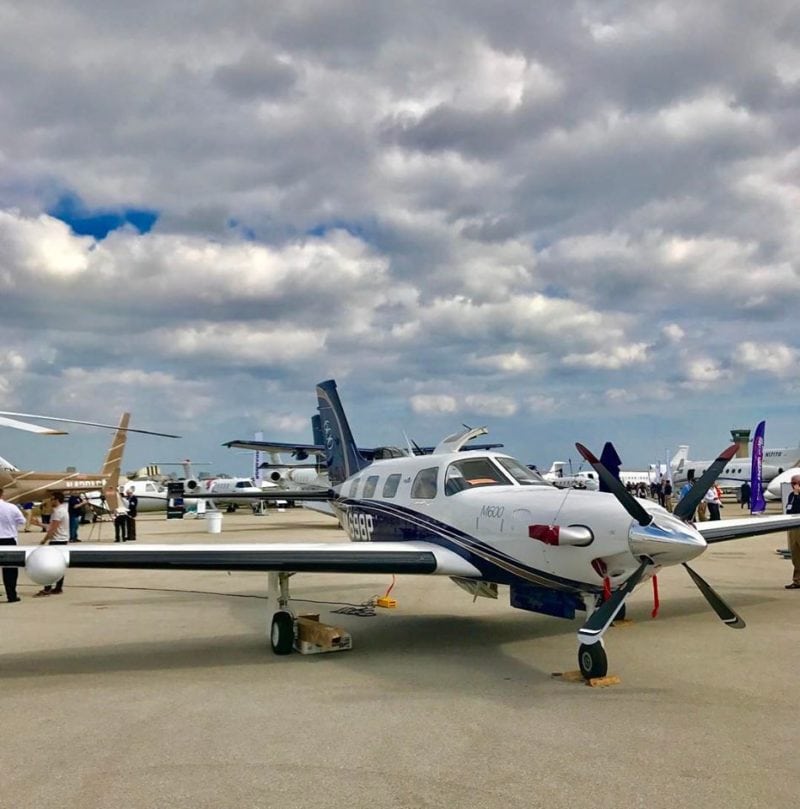
Piper M600. Photo: Piper Aircraft.
The European Aviation Safety Agency (EASA) has released its new certification rules for small general aviation (GA) aircraft. According to an announcement from the agency, EASA expects the new rules to become effective in August 2017.
Under the new certification specifications for normal category airplanes (CS-23), EASA has removed all specific technical design details from the actual regulations for new airplane designs, and replaced them with objectives that define certain criteria that new airplane designs and technologies should meet.
The design specific details previously featured in CS-23 have been moved to the acceptable means of compliance (AMC). A new AMC to EASA’s CS-23 is planned for availability by mid August 2017.
When EASA originally proposed the reorganization of CS-23 in June 2016, the agency noted its primary objective was to reduce the number of requirements from 399 detailed technical requirements to 67 safety objectives, which has been achieved with the revamped CS-23.
European regulatory officials, as well as aviation industry executives believe the new rules can introduce more innovation into CS-23 category aircraft.
“It’s revolutionary,” said Ivo Boscarol, CEO of Slovenian aircraft original equipment manufacturer (OEM) Pipistrel. The company’s current research and development focus provides an example of a manufacturer that could benefit from the new rules, as they’re currently developing an electric and hybrid propulsion aircraft with increased automation. In September, HY4, which Pipistrell says is the world’s first four-seat passenger aircraft powered by a hydrogen fuel cell system and electric propulsion, completed its maiden flight.
Simon Caldecott, president and CEO of Piper Aircraft, and chairman of the general aviation manufacturers association (GAMA), believes the new CS-23 rules can “pave the way for a new era in general aviation.”
The agency notes that its first set of consensus standards are now being developed with international cooperation with standards development organization ASTM International. EASA’s rewritten CS-23 rules come four months after the FAA issued its new Part 23 rules for U.S. registered GA aircraft.
“This rule is nothing less than a total rethinking of how our industry can bring new models of pistons, diesels, turboprops, light jets, and new hybrid and electric propulsion airplanes to market, as well as facilitating safety-enhancing modifications and upgrades to the existing fleet,” said general aviation manufacturers association (GAMA) CEO Pete Bunce.
You can view amendment 5 to CS-23 here.